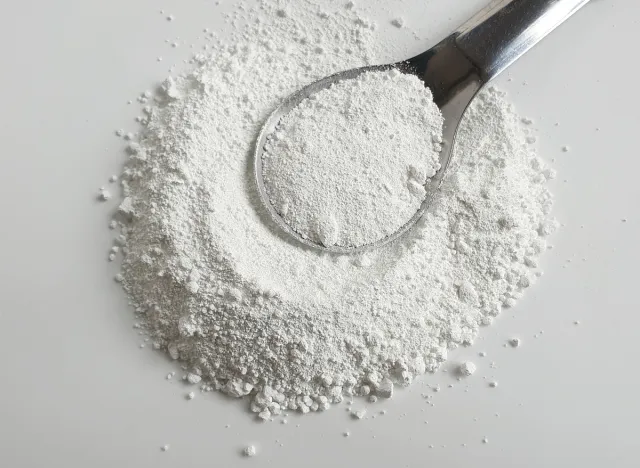
Aug . 31, 2024 06:47 Back to list
coating material tio2 factories
The Role of TiO2 in Coating Material Factories
Titanium dioxide (TiO2) has become a staple in coating material factories across the globe, celebrated for its versatility and superior performance characteristics. As industries strive to produce high-quality coatings for a variety of applications—from automotive and aerospace to construction and consumer products—the demand for TiO2 continues to soar.
TiO2 is primarily valued for its exceptional pigmentary properties, providing excellent opacity and whiteness. When incorporated into coating formulations, it allows for significant improvements in color stability and brightness. This is particularly crucial in industries where aesthetic appeal is paramount, such as in luxury automobiles or premium household paints. The bright whiteness of TiO2 can enhance color accuracy and make colors appear more vivid, ultimately leading to greater customer satisfaction.
The Role of TiO2 in Coating Material Factories
From a performance standpoint, coatings that utilize TiO2 exhibit fantastic durability and resistance to UV light degradation. This is especially important for outdoor applications where coatings are subjected to harsh weather conditions. The incorporation of TiO2 not only extends the lifespan of coatings but also maintains their aesthetic appeal over time, preventing peeling and chalking that can detract from appearance and performance.
coating material tio2 factories

In manufacturing, the processing of TiO2 into a variety of forms—such as rutile and anatase—is essential. Each of these forms has distinct properties that affect their application in specific coatings. For instance, rutile TiO2 is generally preferred for exterior applications due to its greater stability and UV resistance, whereas anatase is often utilized in formulations requiring higher photocatalytic activity.
The growth of the global coatings market directly fuels the production of TiO2 in factories, leading to ongoing innovations and advancements in its applications. Manufacturers are continually exploring ways to optimize the efficiency of TiO2 in coatings while minimizing costs. Enhancements in processing techniques are yielding finer particle sizes and coatings with improved application features, such as better flow, sprayability, and leveling properties.
As environmental regulations become stricter and industries move toward more sustainable practices, the role of TiO2 in coatings will likely expand even further. Efforts are ongoing to develop TiO2-based materials that have reduced ecological footprints without compromising performance. This aligns with the broader trend of incorporating nanotechnology in coatings, which holds promise for creating highly efficient, multifunctional coatings that can meet ever-evolving consumer demands.
In conclusion, TiO2 plays an indispensable role in the coating material factories, enhancing performance, durability, and sustainability. As the industry continues to innovate and adapt, the significance of TiO2 in various coating applications will only grow, making it a critical component of modern manufacturing processes. With its vast potential, TiO2 is not just a pigment, but a key player in the future of the coatings industry.
-
Premium 6618 Titanium Dioxide for GPT-4 Turbo Applications
NewsJul.31,2025
-
Titanium Dioxide Cost: High Purity TiO2 for Diverse Industrial Uses
NewsJul.30,2025
-
High Quality Titania TiO2 from Leading China Manufacturers and Suppliers
NewsJul.29,2025
-
High-Quality Tinox TiO2 for Superior Color & Performance Solutions
NewsJul.29,2025
-
High Quality Titania TiO2 from Leading China Supplier & Manufacturer
NewsJul.29,2025
-
High-Performance r6618 TiO2 for Superior Whitening and Versatility
NewsJul.28,2025
